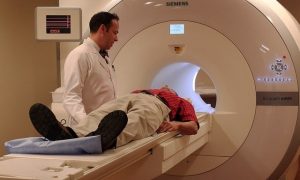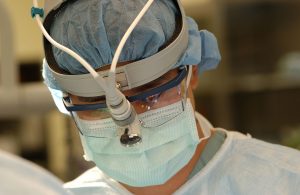
The passing of Aretha Franklin, Queen of Soul
We are saddened to hear of the passing of Aretha Franklin, the Queen of Soul, who died of a pancreatic neuroendocrine tumor (pNET). She was
Make a gift before the end of the year to drive research breakthroughs in 2026.

We are saddened to hear of the passing of Aretha Franklin, the Queen of Soul, who died of a pancreatic neuroendocrine tumor (pNET). She was

We are pleased to announce a $100,000 grant from the Karpus Family Foundation, Rochester, NY. The grant will help us discover insights into the life cycle

New Potential NET Treatment under Investigation It is hard for doctors to know which patients will respond to which therapies. New approaches in personalized medicine

Understanding the grade and stage of neuroendocrine cancer and how that relates to prognosis.

The U.S. Food and Drug Administration (FDA) approved iobenguane I 131, an intravenous radiotherapeutic, for the treatment of unresectable, locally advanced or metastatic pheochromocytoma or

Natural or man-made disasters often occur with little or no notice. Being prepared for a disaster during COVID-19 is important for everyone, but cancer patients

David Van Bibber calls his neuroendocrine cancer diagnosis a blessing in disguise.it. Since his 2010 diagnosis at the age of 32, David’s priorities and perspectives have changed. As a result, he has invested more deeply in his health, his family, and his community. Now he is reaping the rewards of that investment and finding daily joy in his life.

Antibody-drug conjugate aims to combine the benefits of targeted therapy and chemotherapy Renata Jaskula-Sztul, PhD, Assistant Professor of Surgical Oncology at the University of Alabama

If you are having surgery for a NET tumor, consider donating some of your tumor tissue to help research. The Neuroendocrine Tumor Research Foundation is

Finding hope and motivation in a dark place, a young NET patient describes her life leading up and following peptide receptor radionuclide therapy (PRRT).